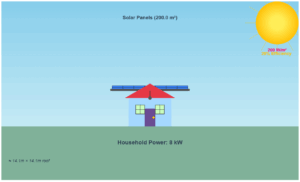Simple Harmonic Motion Potential Energy Simulation
Visualize the relationship between potential energy and motion in a harmonic oscillator
Adjust the total mechanical energy of the system. At higher energies, the particle will oscillate with greater amplitude.
Change the stiffness of the harmonic potential. Higher values create a steeper potential well, resulting in faster oscillations.
Position
0.00 metersVelocity
0.00 m/sAcceleration
0.00 m/s²Turning Points
±2.00 metersPhysics Explanation
Simple Harmonic Motion (SHM) occurs when a particle experiences a restoring force proportional to its displacement from equilibrium. In this simulation, we visualize the potential energy well of a harmonic oscillator:
Where:
- \( V(x) \) is the potential energy at position \( x \)
- \( k \) is the force constant (stiffness of the potential)
- \( x \) is the displacement from equilibrium
The particle's motion is constrained by conservation of energy. At the turning points, all energy is potential, while at the equilibrium position (\( x = 0 \)), all energy is kinetic. For \( E = 1 \, \text{J} \) and \( k = 0.5 \, \text{N/m} \), the turning points occur at:
Try adjusting the parameters to see how they affect the particle's motion and the shape of the potential well.



